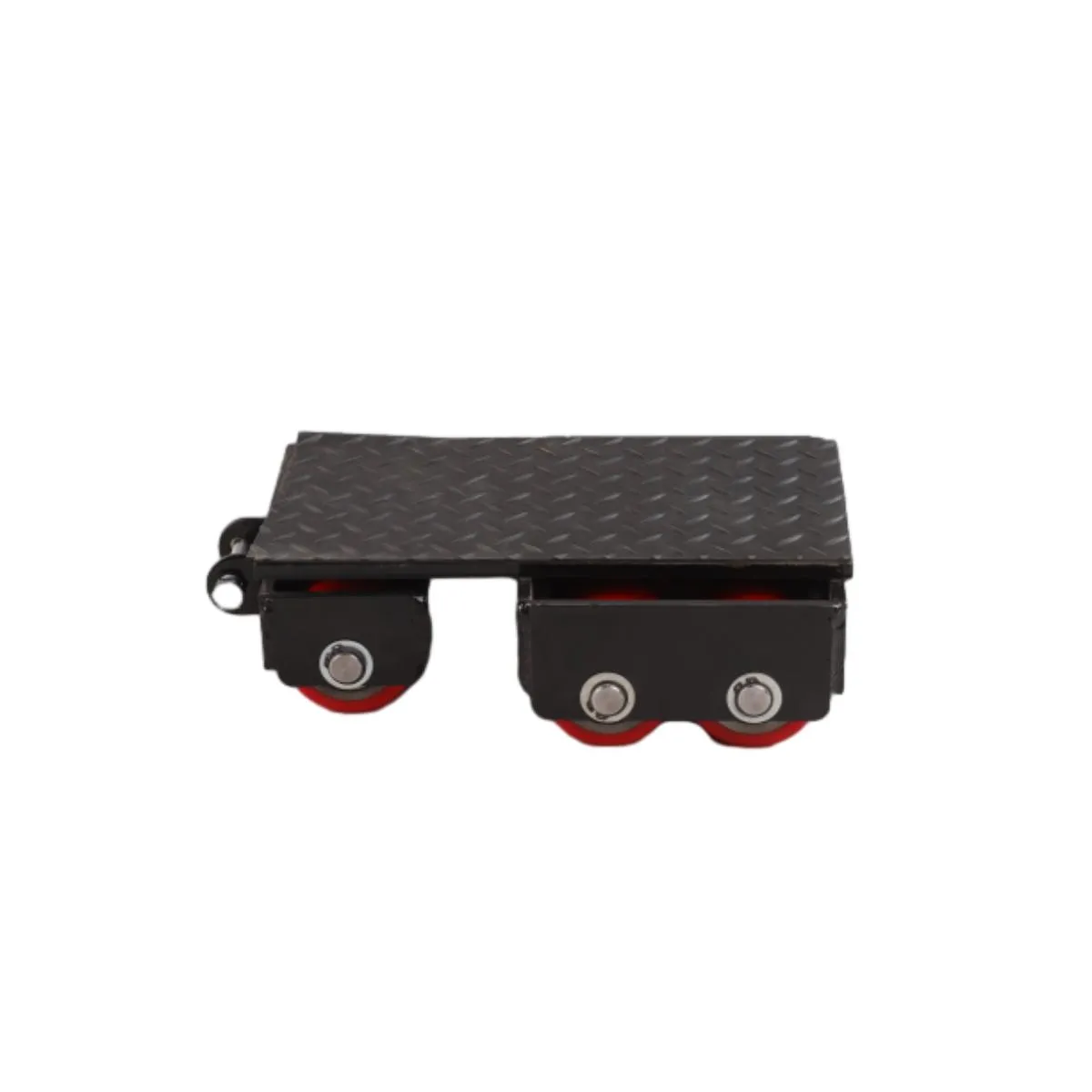Rollers Designed for Transporting Heavy Machinery Efficiently and Safely
Rollers for Moving Heavy Equipment A Comprehensive Guide
Moving heavy equipment can be a daunting task, often requiring meticulous planning and the right tools. Among various solutions, rollers for moving heavy equipment stand out as an efficient and reliable option. These devices are essential in various industries, including construction, manufacturing, and logistics, where heavy machinery needs to be relocated frequently.
Understanding Rollers
Rollers are cylindrical devices that facilitate the movement of heavy objects. They work on the principle of reducing friction between the ground and the equipment being moved. By providing a smooth surface for the equipment to glide over, rollers significantly lessen the effort required to move these massive loads. Typically made of robust materials such as steel, polyurethane, or rubber, rollers come in various sizes and designs to cater to different types of equipment and weight capacities.
Types of Rollers
1. Dollies These are small, wheeled platforms that can carry heavy machinery. Dollies usually have a low profile, making it easier to maneuver equipment in tight spaces. They are particularly effective for machinery that needs to be moved over short distances within a facility.
2. Skates Similar to dollies, skates consist of multiple rollers arranged in a configuration that distributes weight evenly. Skates offer increased stability and are often used in warehouses and factories for moving heavy items like generators or large machinery.
3. Roller Systems These systems involve a series of rollers that can be permanently installed on floors or work surfaces. They allow for smooth and continuous movement of heavy objects without the need for lifting. Roller systems are commonly used in assembly lines and manufacturing plants.
4. Air-Caster Systems Air casters use air pressure to lift heavy loads off the ground, allowing them to float on a cushion of air. This technology reduces friction to an almost negligible level, allowing for easy maneuverability. Air-caster systems are especially useful for moving extremely heavy equipment over long distances.
Advantages of Using Rollers
rollers for moving heavy equipment

1. Efficiency Rollers reduce the amount of manpower needed to move heavy equipment. This increase in efficiency translates to savings in both time and labor costs, allowing businesses to operate more smoothly.
2. Safety Lifting heavy equipment can pose significant safety risks, including injuries from strain or accidents. Using rollers minimizes these risks by allowing machines to be moved without the need for heavy lifting, reducing the chance of injury to workers.
3. Flexibility Rollers can be used to move a vast array of equipment, from small generators to large industrial machinery. This versatility makes them an invaluable asset in various settings, including factories, construction sites, and warehouses.
4. Reduced Damage When heavy equipment is moved using traditional methods such as cranes or forklifts, the potential for damage is high. Rollers, by contrast, provide a smoother transitioning surface, which can lower the risk of damage to both the equipment and the environment around it.
Considerations for Choosing Rollers
When selecting rollers for heavy equipment, several factors must be considered
- Weight Capacity Ensure that the rollers can support the weight of the equipment being moved. - Surface Type Choose rollers suitable for the surfaces they will operate on, whether it’s concrete, asphalt, or uneven terrain. - Load Distribution Use a roller system that distributes weight evenly, reducing the risk of damage.
Conclusion
Rollers for moving heavy equipment offer a smart, efficient, and safe solution for industries that rely on heavy machinery. By reducing friction and enabling smoother transitions, rollers not only enhance productivity but also safeguard the well-being of workers. As industries continue to evolve, the role of innovative solutions such as rollers will remain pivotal in facilitating safe and effective equipment movement, paving the way for the future of manufacturing and logistics.
-
Unlock Seamless Relocation with Our Heavy Equipment Moving ExpertiseNewsJun.06,2025
-
Unleash Unrivaled Flexibility with Our Adjustable Gantry CraneNewsJun.06,2025
-
Unleash Heavy-Duty Efficiency with Our Industrial Gantry Crane SolutionsNewsJun.06,2025
-
Revolutionize Steel Handling with Our Magnetic Lifter RangeNewsJun.06,2025
-
Master Equipment Mobility with Premium Machinery Mover SolutionsNewsJun.06,2025
-
Elevate Your Material Handling with Magnetic Lifter TechnologyNewsJun.06,2025
-
YS Permanent Lifting Magnets: The Smarter Way to Handle SteelNewsMay.22,2025
